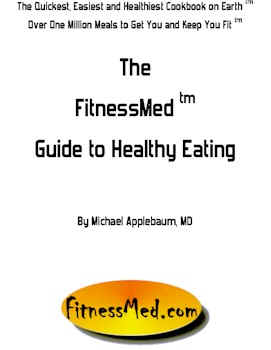More bulls**t research.
New nerve cells formed in a select part of the brain could hold considerable sway over how much you eat and consequently weigh, new animal research by Johns Hopkins scientists suggests...
Even if true, will certainly never lead anywhere.
As if they will be able to prevent, selectively, certain nerves from forming.
Or even kill/target them selectively.
Fear not.
The research is crap and will lead nowhere.
Fear not the "cure" to fatosity is already here.
Consume fewer Calories than you burn.

















